The ancient waterways of Earth tell a fascinating story of coexistence between different evolutionary lineages that few people realize. While dinosaurs dominated the Mesozoic Era (252-66 million years ago), the early ancestors of modern mammals, including the predecessors of today’s playful otters, were already developing their evolutionary pathways. These ancient water-dwelling mammals navigated the same rivers, lakes, and coastal environments where certain dinosaurs hunted and thrived. This article explores the fascinating temporal overlap between dinosaurs and early musteloid mammals that would eventually give rise to modern otters, examining how these distinct evolutionary lines shared prehistoric ecosystems across millions of years.
The Evolutionary Timeline of Otter Ancestors
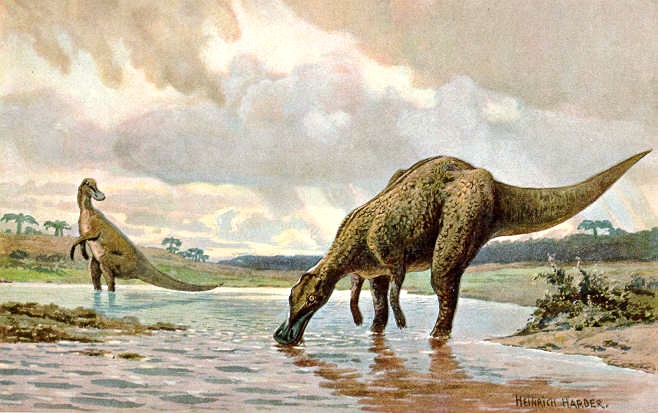
The ancestors of modern otters belong to the family Mustelidae, which includes weasels, badgers, and wolverines among others. While true otters (subfamily Lutrinae) as we know them today didn’t appear until approximately 30 million years ago during the Oligocene epoch, their broader ancestral group of early musteloids was already evolving during the Late Cretaceous period. These small, primitive carnivorous mammals were developing alongside the last of the non-avian dinosaurs. Research on fossil teeth and jaw fragments suggests these early musteloid-like mammals were already showing adaptations for semi-aquatic lifestyles, with specialized dentition for capturing slippery prey. The evolutionary foundations that would eventually lead to otters were being laid during dinosaur times, even though the animals themselves looked quite different from today’s sleek swimmers.
The Late Cretaceous Waterways
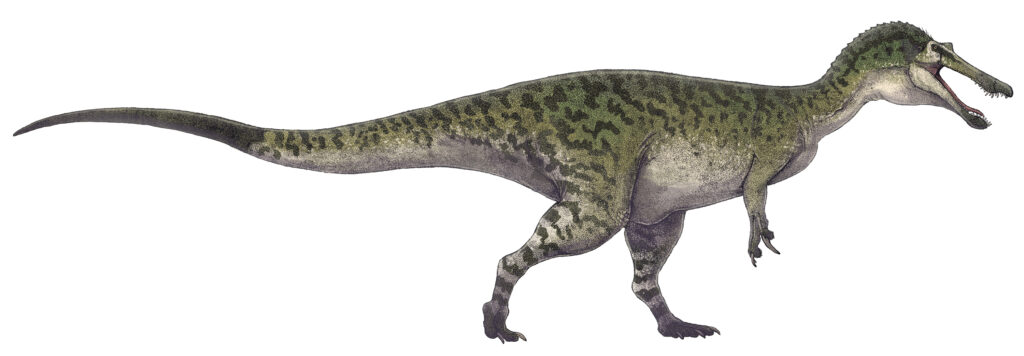
During the Late Cretaceous period (100-66 million years ago), Earth’s waterways were vastly different from what we know today. Massive inland seas split North America into eastern and western landmasses, while river systems crisscrossed continents in patterns unfamiliar to modern geography. These aquatic environments were home to diverse ecosystems where early mammalian ancestors coexisted with dinosaurs. Fossil evidence from formations like the Hell Creek Formation in Montana shows that primitive mammals inhabited the same waterside environments that attracted dinosaurs. These waterways were critical zones of evolutionary adaptation, providing resources for both dinosaurs seeking prey and small proto-mustelids developing aquatic hunting skills. The rich biodiversity of these environments created multiple ecological niches that allowed for the parallel evolution of different animal groups.
Spinosaurus: The Fishing Dinosaur

Among the most remarkable dinosaurs that shared aquatic habitats with early mammalian ancestors was Spinosaurus aegyptiacus, now recognized as the first known semi-aquatic dinosaur. This massive predator, reaching lengths of up to 50 feet, possessed a range of adaptations specifically for hunting in water, including dense bones for buoyancy control and a crocodile-like snout perfect for snatching fish. Recent research has even revealed that Spinosaurus had a paddle-like tail that would have propelled it through water with considerable force. While Spinosaurus lived primarily in North Africa during the mid-Cretaceous period (approximately 99-93.5 million years ago), it represents the type of dinosaur that would have interacted with water systems where early mammalian ancestors might have resided. The relationship would have been primarily predator-prey, with the massive Spinosaurus potentially viewing small proto-mustelids as just another meal among the rich aquatic bounty.
Baryonyx and Other Fish-Eating Dinosaurs

Baryonyx walkeri, discovered in Surrey, England, represents another fascinating dinosaur that frequented ancient waterways during the Early Cretaceous period, approximately 130-125 million years ago. This 30-foot theropod possessed a crocodile-like skull with specialized conical teeth perfect for grasping slippery fish. Remarkably, fossilized fish scales have been found in the stomach region of Baryonyx specimens, providing direct evidence of its piscivorous diet. Other fish-eating dinosaurs from this era included Suchomimus and various members of the Spinosauridae family. These dinosaurs would have been formidable presences in the waterways where early mammalian ancestors were developing their aquatic adaptations. The competitive pressure from these dinosaurian predators likely influenced the behavioral patterns and habitat selection of proto-mustelids, potentially pushing them toward nocturnal habits or more specialized ecological niches that larger predators couldn’t exploit.
Duck-Billed Dinosaurs: Riverside Browsers

Hadrosaurs, commonly known as duck-billed dinosaurs, were among the most successful herbivorous dinosaurs of the Late Cretaceous period. These dinosaurs frequented waterside environments where they could access the abundant vegetation and possibly seek refuge from predators. Maiasaura, Edmontosaurus, and other hadrosaurs created large herds that would have dramatically impacted riparian ecosystems through their browsing habits and physical presence. The ecological relationship between these dinosaurs and early mammalian ancestors was likely indirect but significant. The hadrosaurs’ consumption patterns would have shaped plant communities along waterways, potentially creating microhabitats that benefited small mammals. Additionally, their herding behavior may have offered inadvertent protection to small mammals by deterring large predators from certain areas. These complex ecological interactions highlight how dinosaurs indirectly influenced the evolutionary trajectory of mammals that would eventually give rise to modern otters.
Prehistoric Crocodilians: Competitors to Both Groups

Ancient crocodilians represented a third major faction in the aquatic ecosystems of the Mesozoic Era. These reptiles, having already evolved into highly specialized aquatic predators by the time dinosaurs rose to dominance, presented competition and danger to both dinosaurs and early mammalian ancestors. Massive crocodilians like Deinosuchus, which could reach over 30 feet in length, were apex predators in many Late Cretaceous waterways. Smaller crocodilian species occupied middle predator niches that would have directly competed with proto-mustelids for resources. This three-way ecological interaction between dinosaurs, crocodilians, and early mammals created a complex adaptive landscape. The enduring success of crocodilians through the mass extinction that eliminated non-avian dinosaurs demonstrates their remarkable adaptability. Early mammalian ancestors would have needed to develop specialized behaviors and physical adaptations to survive in environments where these efficient predators lurked – adaptations that would later serve their otter descendants well.
Didelphodon: The Otter-Like Marsupial Contemporary
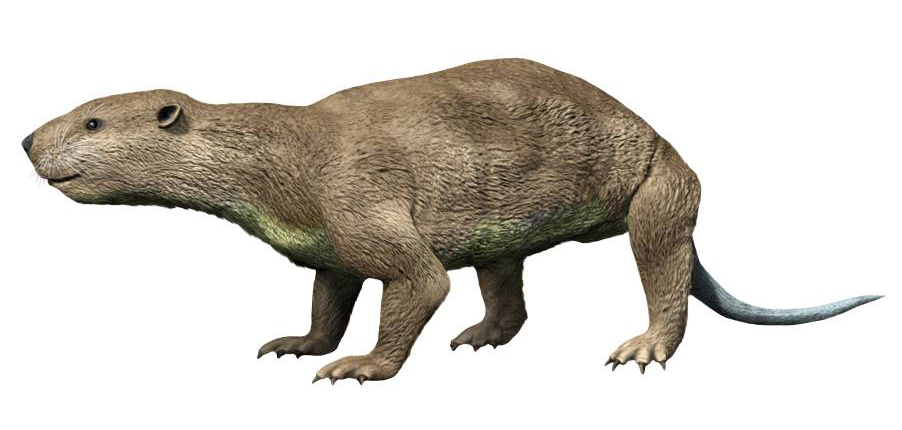
One of the most fascinating mammals that lived alongside dinosaurs was Didelphodon vorax, a member of the now-extinct metatherian group that lived during the Late Cretaceous period in North America. Though not directly related to modern otters (which are placental mammals), Didelphodon displayed remarkable convergent evolution, developing an otter-like lifestyle independently. With powerful jaws capable of crushing shells and bones, and a semi-aquatic lifestyle evidenced by its skeletal adaptations, Didelphodon represents how the ecological niche later filled by true otters was already being explored during dinosaur times. Recent studies of Didelphodon fossils indicate it was considerably larger than most contemporaneous mammals, reaching the size of a modern Virginia opossum, making it a relative giant among Mesozoic mammals. This creature provides critical insight into how mammalian adaptation to aquatic environments was occurring in parallel to, but separate from, the evolutionary line that would eventually lead to modern otters.
Sinosauropteryx: Small Dinosaurs and Mammal Interactions

Not all dinosaur-mammal interactions occurred in water environments or involved massive predators. Sinosauropteryx, a small feathered dinosaur from Early Cretaceous China (approximately 124 million years ago), provides fascinating evidence of direct dinosaur-mammal ecological relationships. Remarkably preserved specimens of this turkey-sized dinosaur have been found with the remains of small mammals in their stomach contents, revealing that they actively hunted early mammals. While Sinosauropteryx wasn’t primarily water-dwelling, it likely frequented waterside environments where small mammals were abundant. This predator-prey relationship illustrates how small, agile dinosaurs posed their threats to early mammalian ancestors. The evolutionary pressure exerted by these predators likely contributed to the development of heightened senses, nocturnal habits, and effective escape mechanisms in early mammals – traits that would later benefit their descendants, including those leading to modern otters.
The K-Pg Extinction Event: Opportunity in Catastrophe
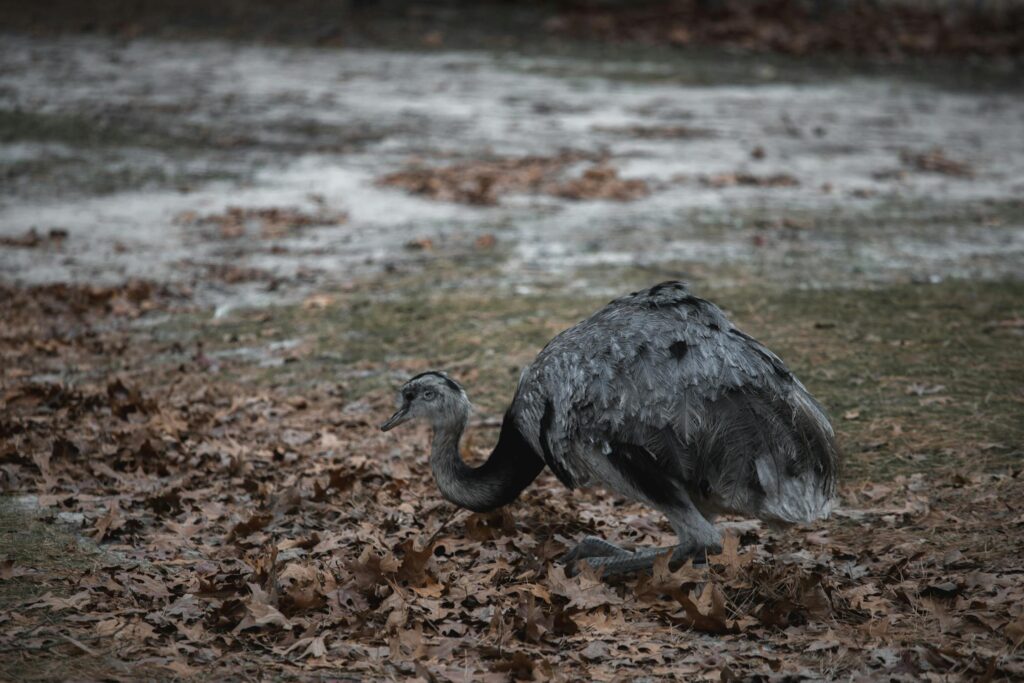
The Cretaceous-Paleogene (K-Pg) mass extinction event, approximately 66 million years ago, radically transformed Earth’s ecosystems by eliminating all non-avian dinosaurs while allowing certain mammalian lineages to survive. This catastrophic event, triggered by an asteroid impact and compounded by massive volcanic activity, created evolutionary opportunities that proto-mustelids were positioned to exploit. The absence of large dinosaurian predators and competitors allowed mammals to expand into newly vacant ecological niches, including aquatic environments previously dominated by other groups. Early Paleocene fossil records show a radiation of mammalian species, with some displaying increased size and more specialized adaptations for various lifestyles. For the ancestors of otters, this period represented a critical evolutionary turning point. The selective pressures that had shaped their development during dinosaur times – including predator avoidance, competition for resources, and adaptation to aquatic habitats – had prepared them to thrive in a post-dinosaur world where new opportunities abounded.
Transitional Fossils: Tracing Otter Evolution
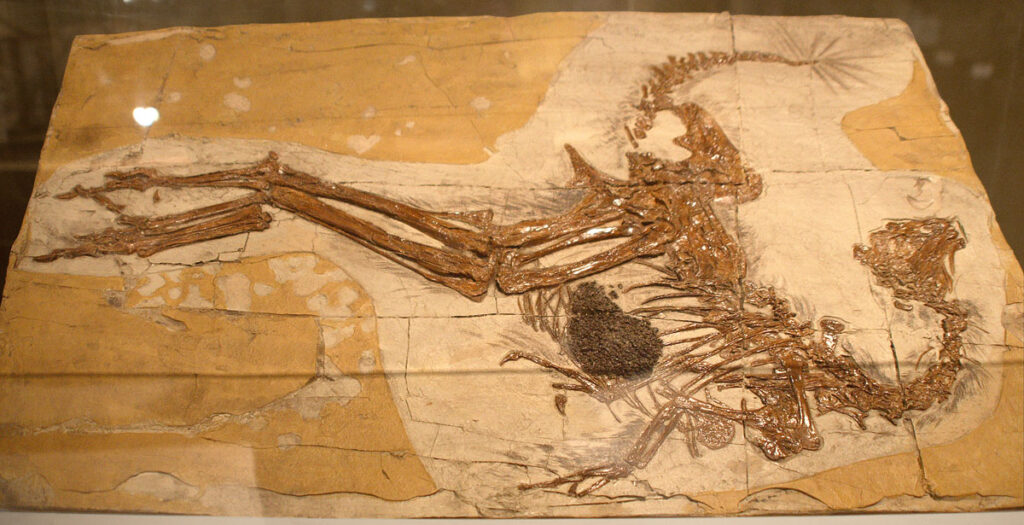
The fossil record revealing the transition from early mammalian ancestors to modern otters contains several illuminating examples of evolutionary progression. Paleocene and Eocene formations have yielded fossils of early musteloid mammals showing gradual adaptations toward more aquatic lifestyles. Specimens like Palaeosinopa, dating to around 55 million years ago, show some dental and skeletal features suggesting semi-aquatic habits, though still quite distinct from modern otters. By the Oligocene epoch, fossils like Potamotherium (approximately 23 million years ago) display much clearer adaptations for swimming, including modified limbs and skull structures remarkably similar to modern river otters. These transitional fossils highlight how, over millions of years after the extinction of non-avian dinosaurs, the evolutionary lineage leading to otters became increasingly specialized for aquatic environments. The genetic foundations for these adaptations, however, were likely already present in the small mammals that scurried along the shores of dinosaur-inhabited waterways during the Mesozoic Era.
Modern Otter Adaptations with Ancient Origins

Many of the adaptations that make modern otters so successful in aquatic environments have deep evolutionary roots that may date back to the age of dinosaurs. The dense, water-resistant fur that keeps otters insulated in cold water represents a specialized version of mammalian hair that began evolving during the Mesozoic Era. Similarly, the powerful tails used by otters for swimming propulsion reflect adaptations that early mammals were already developing. Perhaps most significantly, the behavioral flexibility and intelligence that characterize modern otters—allowing them to use tools, develop hunting strategies, and adapt to various environments—build upon neurological developments that began in early mammals as they navigated the complex ecosystems of the dinosaur era. These early mammals needed to be resourceful and adaptable to survive in a world dominated by dinosaurs. Modern otters’ playful nature and problem-solving abilities may be linked to cognitive adaptations that helped their distant ancestors survive in a world filled with dinosaurian threats and challenges.
Technological Advances in Paleontological Research

Our understanding of the relationship between dinosaurs and early mammalian ancestors has been revolutionized by recent technological advances in paleontological research. Micro-CT scanning now allows scientists to examine the internal structures of tiny mammal fossils without damaging them, revealing details about brain case size, ear structure, and tooth development that provide insights into sensory capabilities and diet. Ancient DNA extraction techniques, though limited to specimens less than about one million years old, help researchers trace evolutionary relationships by comparing genetic material across time. Sophisticated isotope analysis of teeth and bones can determine ancient animals’ diets and environments with unprecedented precision, revealing whether they frequented freshwater or marine environments. These technologies, combined with traditional fossil hunting and comparative anatomy, have dramatically expanded our knowledge of how early mammals navigated Mesozoic ecosystems. Each discovery helps fill gaps in our understanding of how creatures that would eventually give rise to otters coexisted with the diverse dinosaurs of their era.
Ecological Lessons from Ancient Coexistence
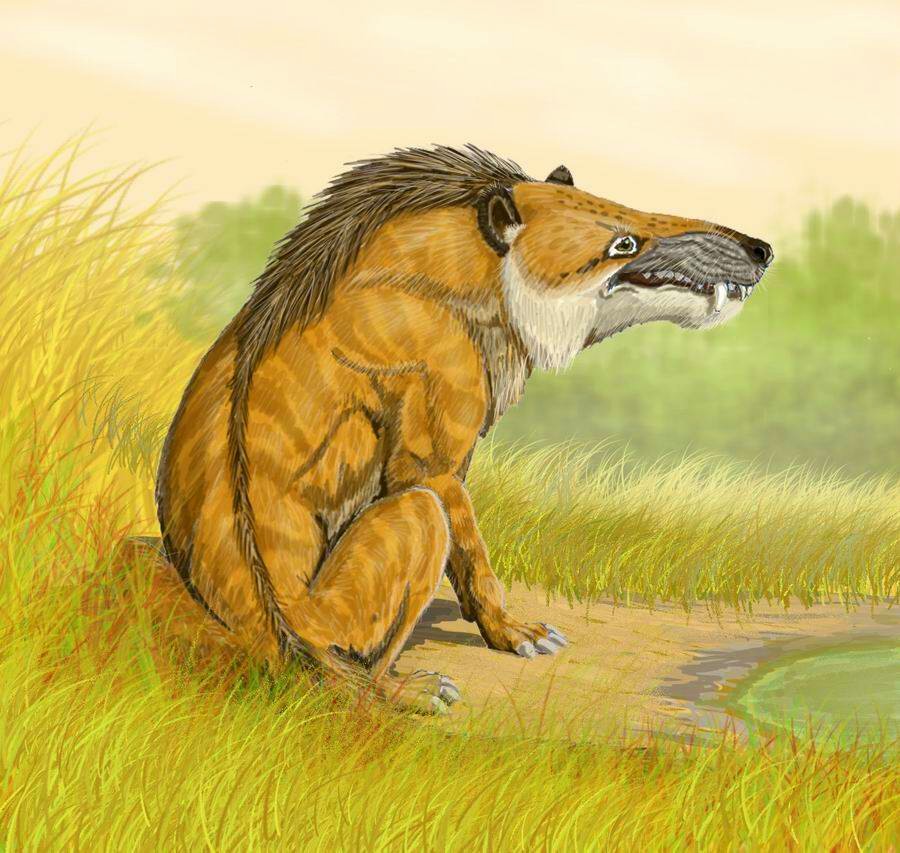
The long coexistence of dinosaurs and early mammalian ancestors offers valuable lessons for understanding modern ecological systems and evolutionary processes. This ancient relationship demonstrates how different animal groups can occupy the same geographical space while exploiting different ecological niches – a principle known as niche partitioning that remains critical in modern ecosystems. The success of early mammals in dinosaur-dominated environments highlights the importance of adaptability and specialization in evolutionary success. Rather than directly competing with dinosaurs, these mammals found their survival strategies, often exploiting opportunities that larger animals couldn’t access. For conservation biologists working to protect modern otters and their ecosystems, this historical perspective provides valuable context. It reminds us that species relationships form over millions of years of coevolution, and that seemingly different animal groups can be interdependent in ways that aren’t immediately obvious. Protecting modern waterways must account for these complex ecological relationships that have deep evolutionary roots extending back to the age of dinosaurs.
In the Shadows of Dinosaurs: The Rise of Otter Ancestors

The fascinating temporal overlap between dinosaurs and the ancient precursors of modern otters reveals an intricate evolutionary story spanning millions of years. While true otters as we know them today evolved after the extinction of non-avian dinosaurs, their ancestral lineage was already developing during the Mesozoic Era. These small, adaptable mammals navigated waterways where fishing dinosaurs hunted, hadrosaurs browsed, and ancient crocodilians lurked. The pressures of surviving in these complex ecosystems helped shape the evolutionary trajectory that would eventually lead to modern otters. Through each evolutionary innovation and adaptation, from Cretaceous proto-mustelids to Oligocene Potamotherium to modern Lutrinae, we see the remarkable story of mammalian success. Today’s playful, intelligent otters, sliding down riverbanks and cracking shellfish on their chests, carry with them an evolutionary legacy that once existed in the shadow of dinosaurs.




